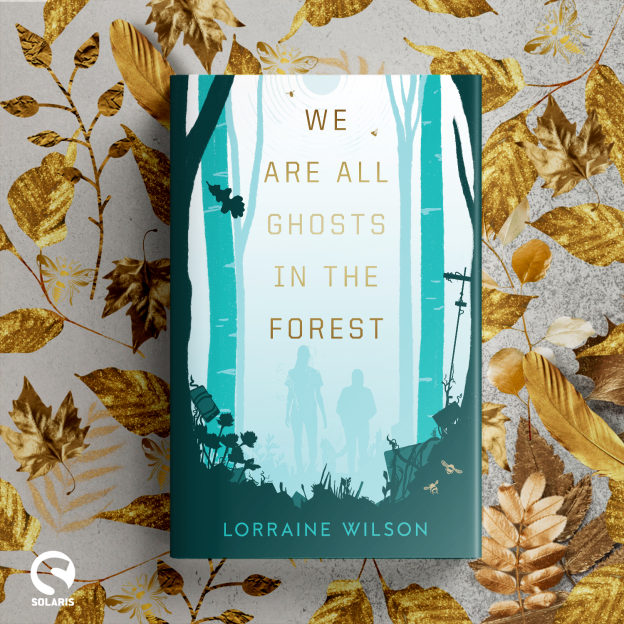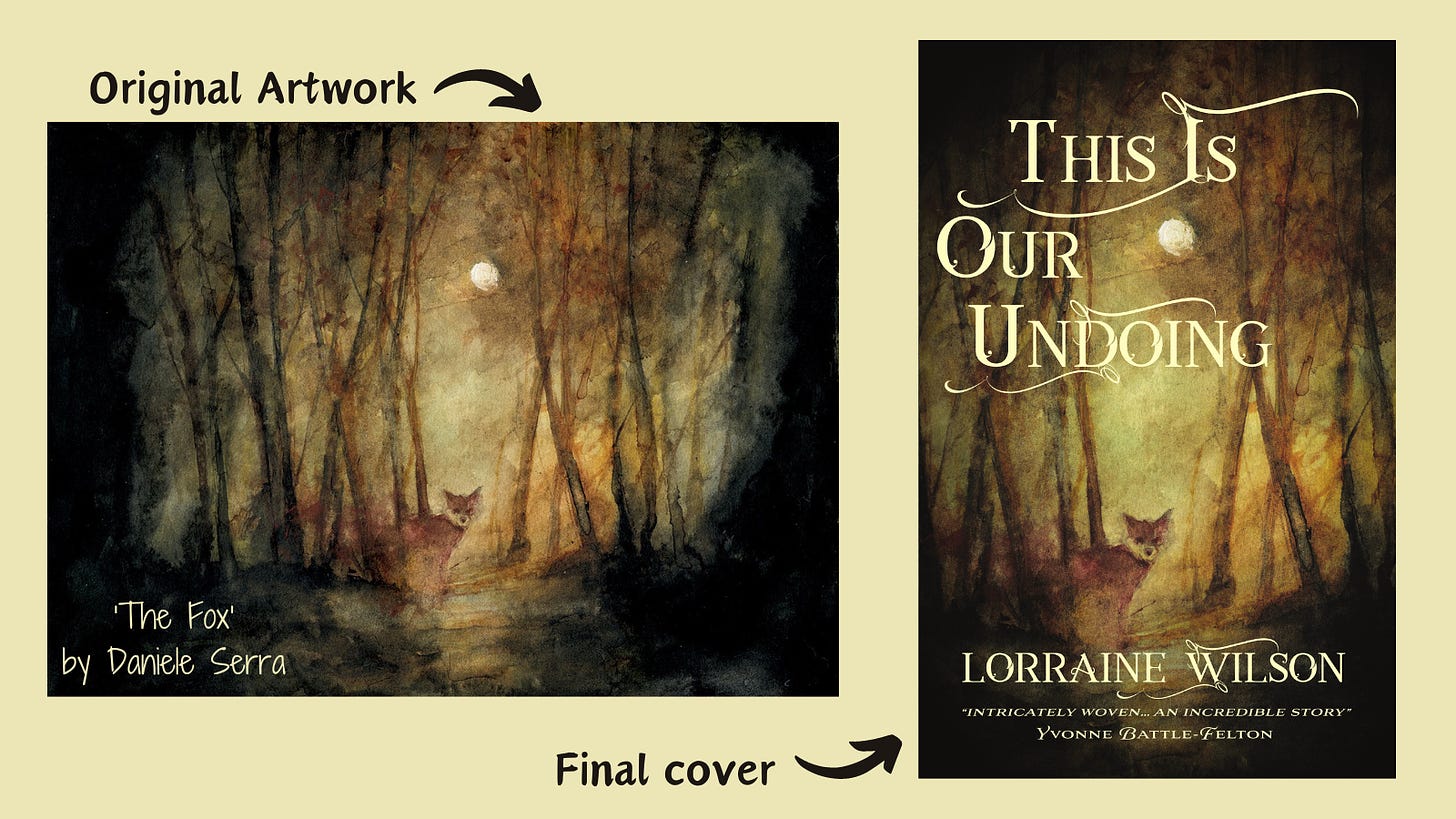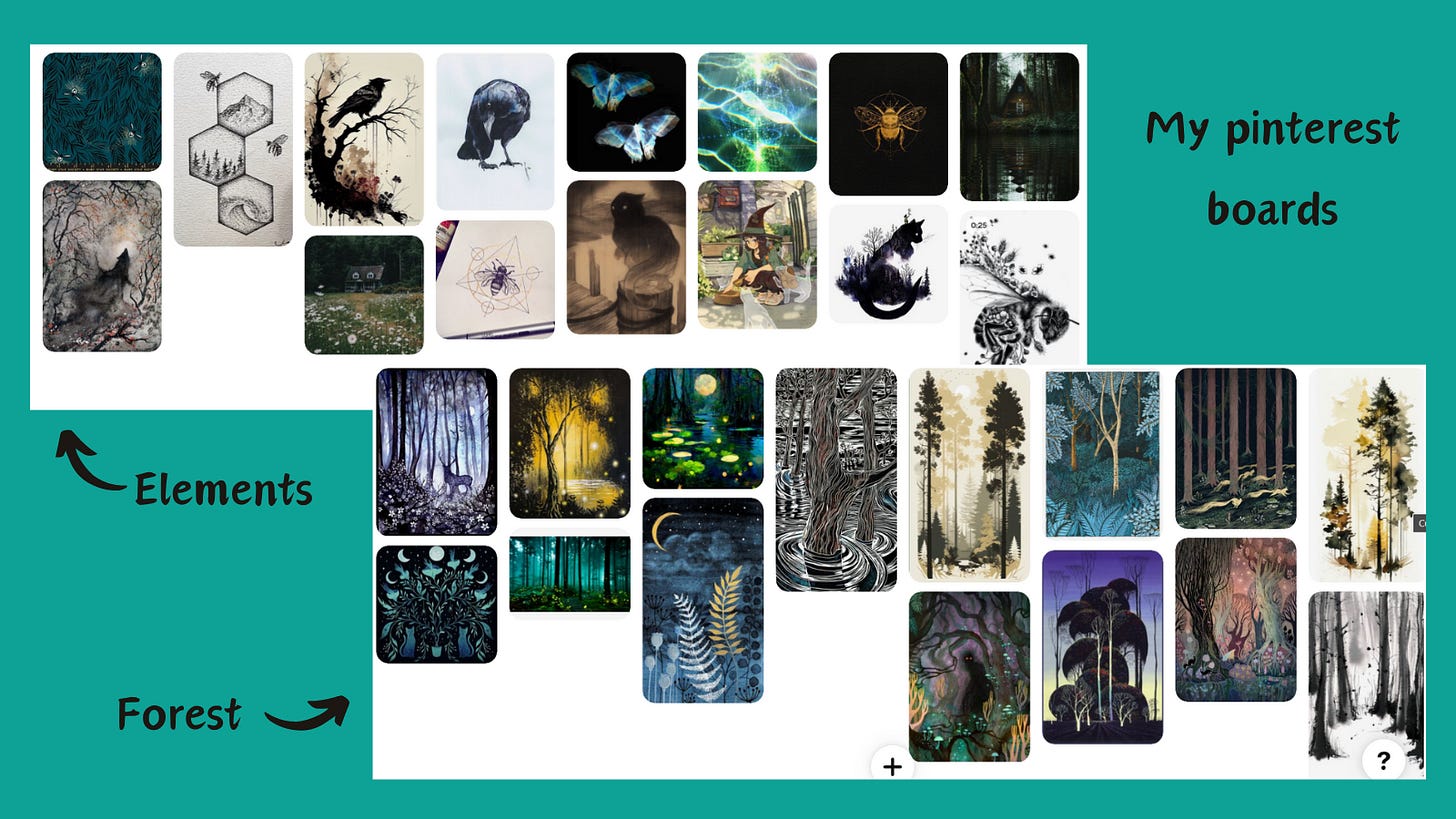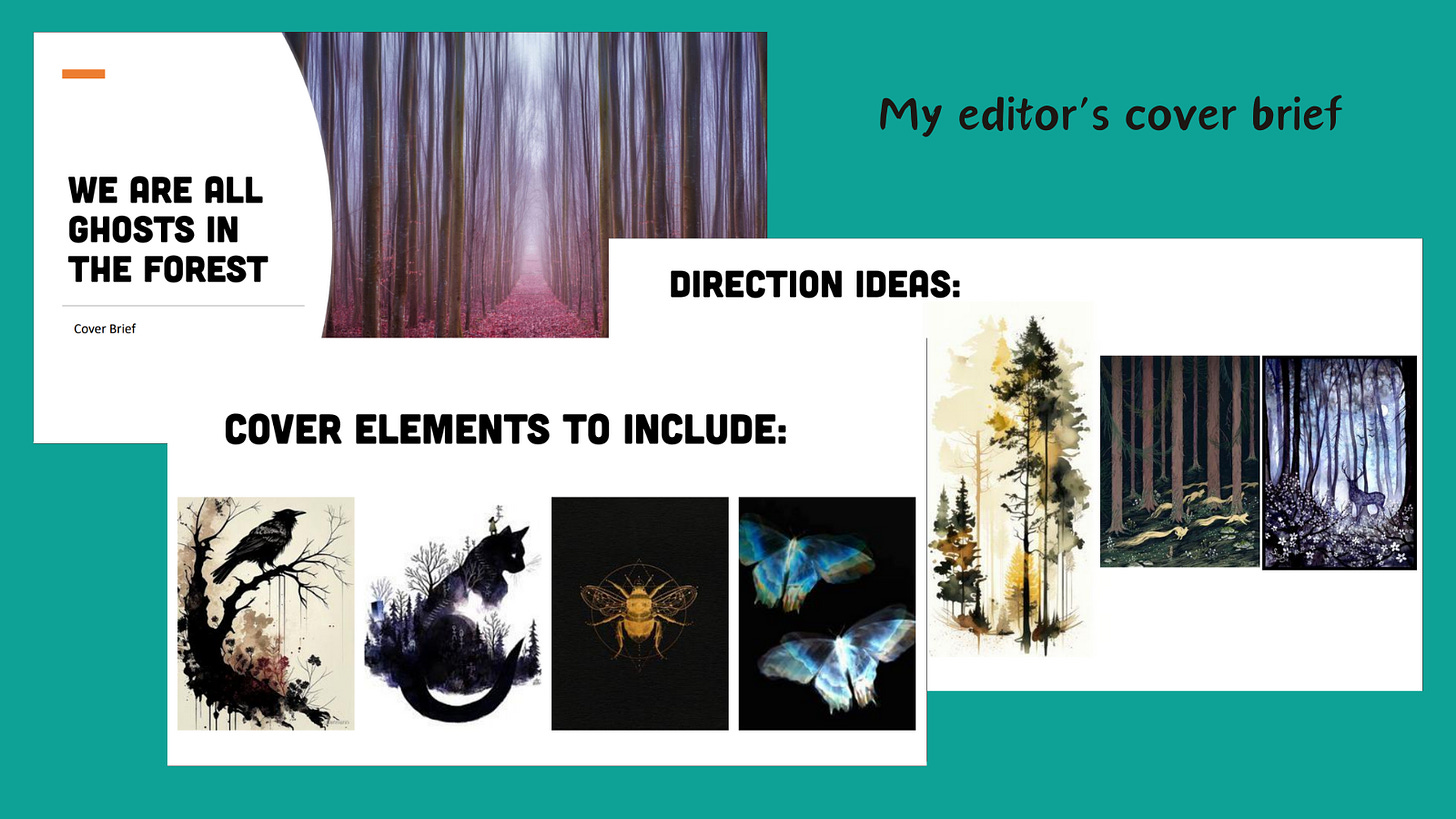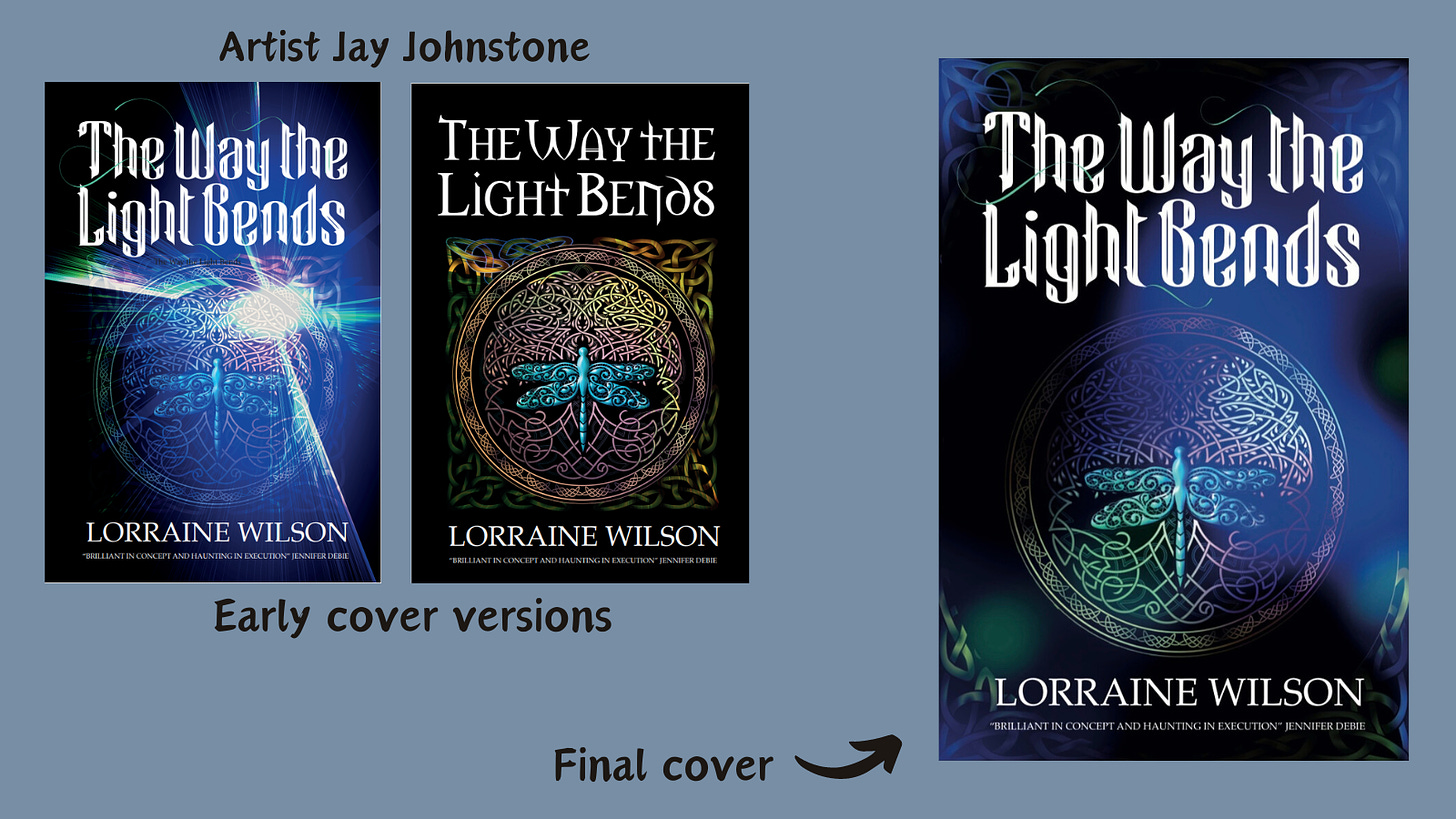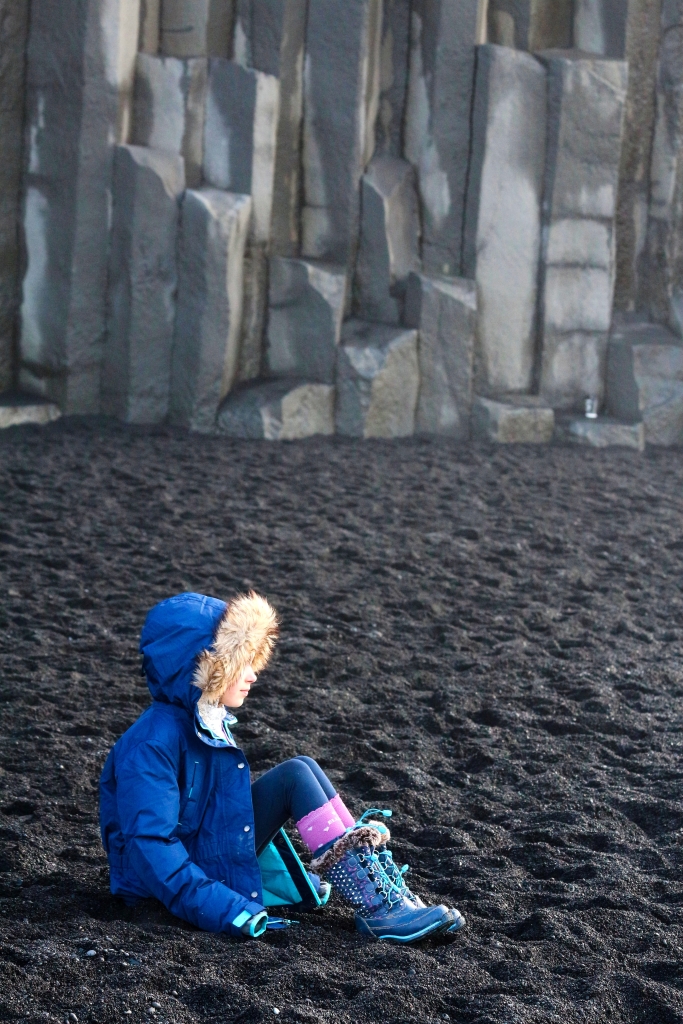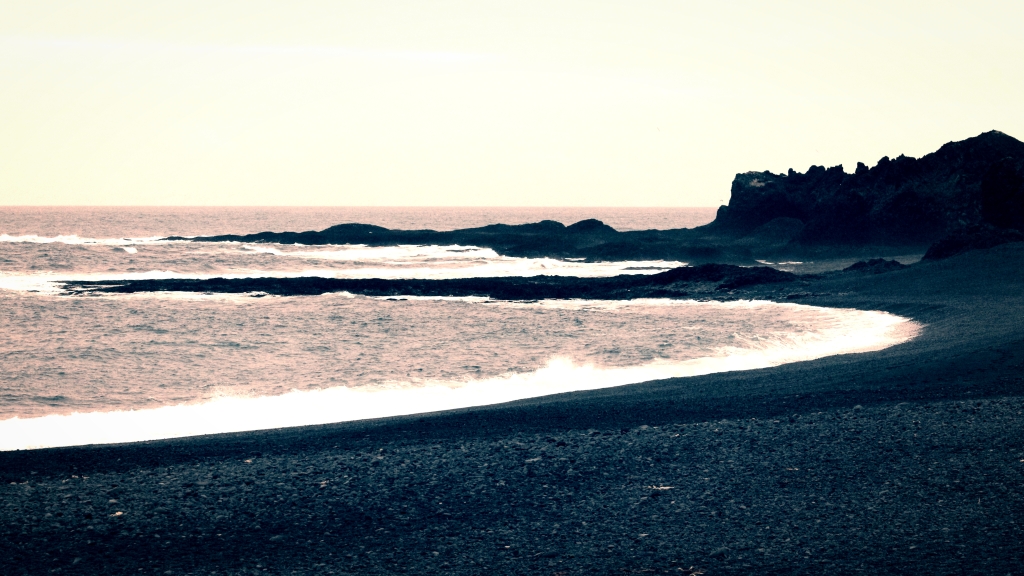These two terms and their meanings are something I’ve found myself talking about a fair number of times in interviews, because my writing spans both speculative and literary spaces and has been marketed as both straight SFF and straight literary. Being as I have Opinions, I figured I’d share them with you!
[I shared this post on my Substack a few months ago – to keep up to date with the newest posts, as well as publishing diaries and occasional short fiction, please consider subscribing to my page there]
‘Literary’ is generally used to refer to fiction that prioritises prose style and internal character development over external plot. It also is used (inaccurately) as a marker for books that don’t contain the obvious ‘genre’ ingredients of, say: a detective solving a crime, dragons, a historic setting, romance as the main plot etc.
I say inaccurately, because the writer’s approach to prose, and the contents of the story are clearly two different things. ‘Literary’ is one end of a scale that goes through odd terms like ‘book club’ & ‘accessible’ right the way to ‘commercial’ – which is prose written to focus on the external plot and not the internal.
The contents of the story on the other hand are what determine ‘genre’. Whether that’s mystery or romance, thriller, space opera, family epic or domestic noir – they are all labels that tell you something about the waypoints you’re likely to encounter in the story.
But a book can be both a thriller, and literary. It can be both a historic mystery and commercial. The spectrum of literary-to-commercial exists within each genre. Think Wolf Hall to The Duke And I, or The Fifth Season to The Kaiju Preservation Society. There are some books whose genre is hard to pinpoint – mainly because ‘mid-life crisis’ isn’t an acceptable label apparently so they get lumped into ‘contemporary fiction’ ‘literary fiction’ or ugh ‘women’s fiction’.
We all kinda know this, right? So it annoys me that ‘literary’ is often treated as something separate from (and better than) ‘genre’. When it isn’t (on both counts).
But the truth is that these are all really just marketing terms for booksellers to use to inform & direct readers, which is the main purpose of any genre labels after all. Bookshelves are two dimensional spaces (functionally), and a book has to sit somewhere.
So rather than fight the entire functioning of bookselling, my issue instead is with how the term ‘literary’ is wielded. It comes with a certain stamp of ‘quality’ that generally attracts more trade review inches and award nods. Literary = better, right?
Hmm. But literary also has undertones of older white men writing opaque deconstructions of the agony of being an older white man. It carries associations with ‘The Classics’ and establishment standards of what makes good writing. Which, let’s be honest, is another way of saying literary = western-centric narratives by people who are white, middle/upper class, cis/het/allo, able-bodied and male.
It is a familiar joke among writers that a woman writing about a mid-life crisis is writing ‘women’s fiction’ (ugh) but a man writing about a mid-life crisis is writing ‘literary fiction’. It’s a joke because it’s true. Anyone who doesn’t fit the dominant paradigm sees their stories pigeonholed first by their own identity and only second by the content of the book itself. Which sucks, let’s be honest.
I think perceptions are changing. More non-western voices are appearing on the big literary prize lists, translation prizes are gaining greater profile, and women are consistently more equitably represented on prize lists than they were 20 yrs ago. There’s still progress to be made – we need more global south voices, we need women and other marginalised writers to receive the same respectful language in reviews as men get, but it feels like the default image of a literary author as a narcissistic tweed & cognac toting silver fox is happily on the wane.
Until it’s firmly gone though, establishment preconceptions about what makes a novel literary will continue to act as a form of gatekeeping – sending a message to working class, BIPOC, disabled, queer & women writers that ‘oh honey no, you don’t belong here.’
So when my writing is referred to as literary, a small part of me winces. Because I know some people are put off by the term – it is what ‘that kind of person’ reads (and probably pontificates about). And I’m not gonna lie – the snobbery around the term is alive and kicking in some literary circles, which has been eye opening as I moved from largely SFF events in my first two years as an author to largely literary ones this year.
HOWEVER I think the huge popularity of books that span the literary and genre spaces is helping to erode that elitism bit by bit. Writers like Natasha Pulley, Bridget Collins, Sarah Moss, Martin MacInnes, Sequoia Nagamatsu etc are all challenging the clarity of the dividing lines. I wish some of these authors would embrace their genre audience more, but that’s complicated by SFF conventions not paying authors (and in fact expecting authors to pay to attend, but that’s a whole other post). And also by marketing decisions to set these books in the ‘Fiction’ departments, not the ‘SFF’ ones.
Genre divisions – and reductive marketing labels – aren’t going anywhere. We all know the comfort of picking up a book and knowing exactly what to expect from it – we want the familiarity of a cozy murder mystery or a historic romance sometimes, I definitely do. But I think many of us are also hungry for stories that take us in unexpected directions, that meld genres and challenge our assumptions. That inhabit a familiar world but add a twist of magic.
Likewise many of us love books that are both beautiful to read, and take place in space; or thoughtfully explore grief whilst also solving a murder.
‘Genre-blending’ fiction is on the rise, for good reason, but I think for it to reach its full audience, we need to rid ourselves of the boundary lines between ‘literary’ and ‘genre’. I would pay good money to never again be asked about moving between literary and SFF as if the two were separate islands in a sea of lava!
So in a bid to erase some lines, what’s your fav read that melds genres? Or that leans heavily into literary forms within a genre space? I love Natasha Pulley’s The Kingdoms – a mix of historic suspense and timey wimey alt history. Also can’t go without mentioning the timeless Never Let Me Go by Kazuo Ishiguro. A deeply thoughtful exploration of agency and humanity wrapped up in a terrifying dystopian SF.


